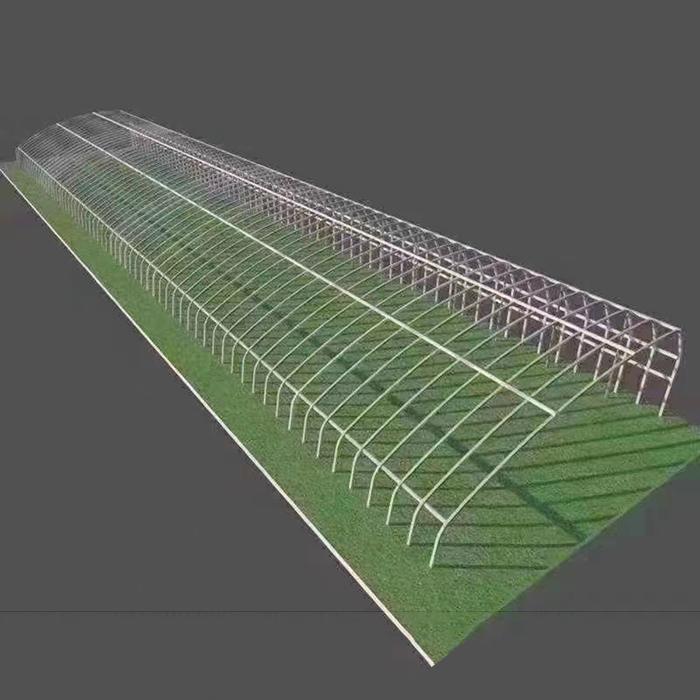Innovations in agricultural greenhouse technology have transformed the way we grow food, making it more efficient and sustainable. Modern greenhouses are not just glass or plastic structures; they are high-tech environments that integrate various technologies to optimize crop growth.
One of the most significant innovations is the use of smart sensors and IoT (Internet of Things) devices. These systems monitor environmental conditions such as temperature, humidity, and soil moisture, and can automatically adjust ventilation, heating, and irrigation systems to maintain ideal conditions for plant growth. This level of precision not only increases yield but also conserves resources.
Lighting systems have also seen significant advancements. LED grow lights are now commonly used in greenhouses because they are energy-efficient and can be tuned to emit specific wavelengths of light that promote photosynthesis. This allows for the customization of light spectra to match the needs of different crops, further enhancing growth rates and quality.
Another innovation is the integration of vertical farming within greenhouses. This approach maximizes space by growing plants in stacked layers, which is particularly useful in urban areas where land is scarce. Vertical farming in greenhouses can lead to higher yields per square meter and reduces the need for extensive land preparation and transportation of produce.
Agricultural greenhouses are also at the forefront of water conservation efforts. Drip irrigation and recirculating hydroponic systems minimize water waste, and some greenhouses even incorporate rainwater harvesting systems to further reduce their environmental impact.
In summary, the innovations in agricultural greenhouse technology are not just about growing more food; they are about doing so in a way that is sustainable, efficient, and adaptable to the changing needs of our global population. As these technologies continue to evolve, they hold the promise of a greener and more food-secure future.


